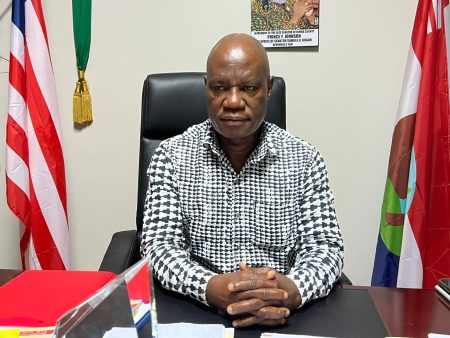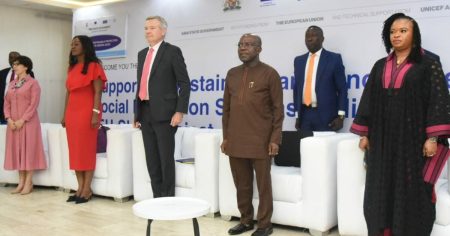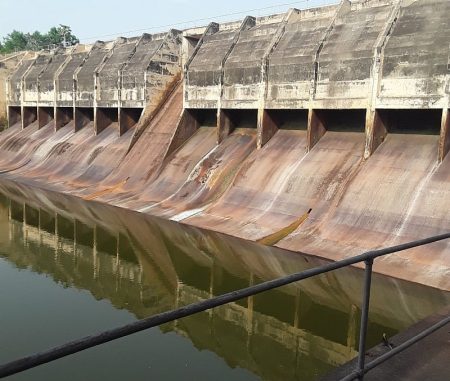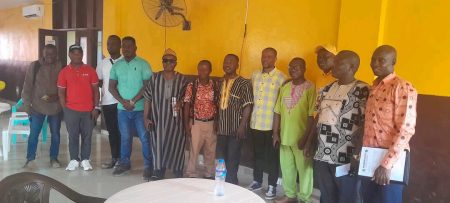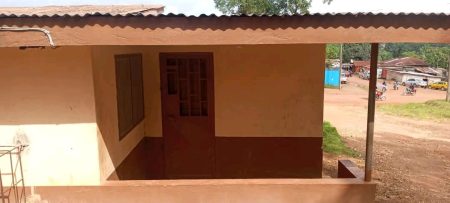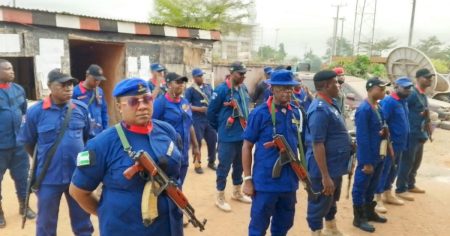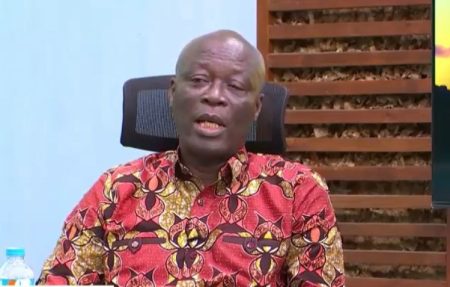Liberia’s education system has faced continuous declines over the past two decades, particularly affecting rural communities where students are at a significant disadvantage. With the end of the civil conflicts 21 years ago, one might expect efforts and investments to enhance education; however, the reality seems starkly different. Reports indicate that while some political leaders indulge in luxury, prioritizing their own needs with exorbitant salaries and lavish vehicles, the fundamental educational needs of children, especially those in rural areas, are disregarded. The poor state of educational infrastructure is a significant issue that hampers the learning environment for students and teachers alike. Those students that should be striving for improvements in their education find themselves facing unwelcoming and unsafe conditions.
A recent visit to Sawken Township in Grand Kru County reveals the dilapidated state of what is essentially the only school in the area. The elementary school, overseen by Principal Rev. Joseph S. Attiogbe Sr., is in such a dire state that it raises essential concerns about the viability of education in the community. Rev. Attiogbe Sr. shared the frustrations experienced by both faculty and parents regarding the worsening situation. The conditions have led to decreased enrollment, with many children opting not to attend classes in this uninviting environment. The school’s infrastructure has crumbled, with one section completely abandoned and another teetering on the brink of collapse.
Despite repeated visits and appeals for support from government officials, the local community remains largely ignored by those who are meant to represent their interests. Rev. Attiogbe’s efforts to rally assistance from regional leaders have yielded little success, putting the future of many students at risk. Local teachers and parents are left feeling helpless, knowing that the poor conditions of their school may detrimentally affect their children’s education and overall development. The situation echoes a broader trend in which community-focused educational needs are sidelined by the interests of political leaders, demonstrating a disconnect between the governing and the governed.
Emergency measures have been implemented to continue educational activities amid these challenges, such as relocating classes to makeshift spaces in the local United Methodist Church. This precarious arrangement highlights the lengths to which teachers and community members will go to ensure that students can access some form of education, despite risking their safety. The reliable participation from five teachers, three of whom are state employees, showcases local efforts to maintain educational standards in a turbulent environment. However, ongoing neglect from higher authorities raises concerns about staffing continuity and the long-term sustainability of learning.
The principal’s account underscores the local community’s persistent struggle against educational neglect and poor infrastructure. The lack of governmental support compounds the difficulties faced by students who must rely on their communities to fill gaps that should be handled by state authorities. It is noteworthy that community members paid for the construction of the existing mud structure due to the absence of viable alternatives, which speaks to the resilience of the residents in the face of systemic neglect. Their proactive approach to creating a learning space starkly contrasts with the inactions of their elected representatives who appear more focused on personal gain than improving the educational landscape.
Overall, the dire state of Liberia’s education system, particularly in rural areas, reveals a persistent disconnect between state representatives’ actions and the needs of their constituents. Ignoring the pleas of local educators and families only exacerbates the cycle of undereducation, affecting future generations’ opportunities. It casts a shadow on any gains made post-conflict, as children remain trapped in precarious schooling conditions that fail to provide quality education. Unless serious steps are taken by lawmakers and authorities to prioritize educational infrastructure and support for communities, the prospect of meaningful change remains bleak. As observed in Grand Kru County, the hope for a brighter future lies in actively addressing these educational disparities rather than merely offering empty promises.






